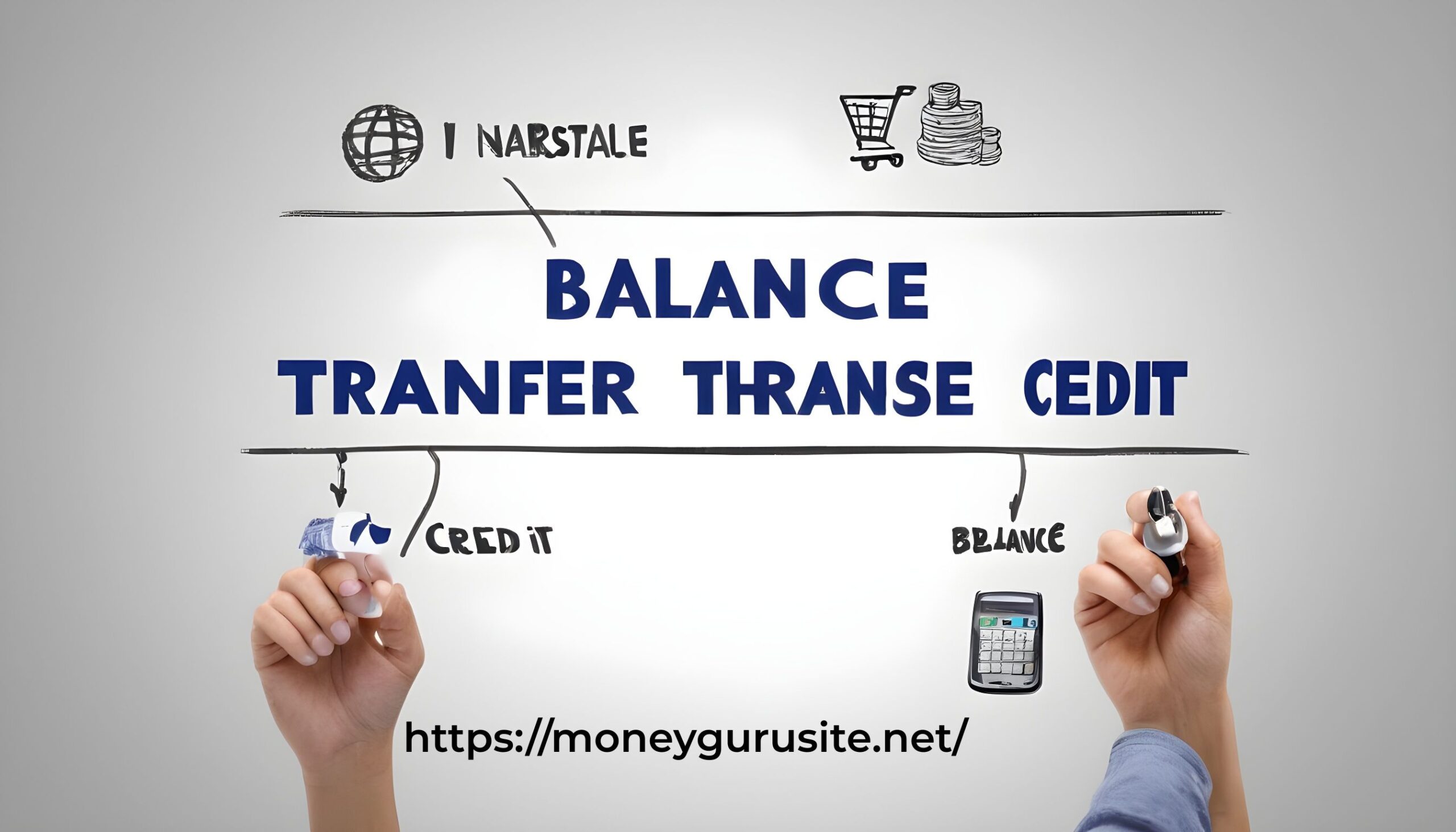In the realm of personal finance, finding ways to save money and manage debt efficiently is paramount. One powerful tool that savvy consumers utilize is the best balance transfer credit cards. These financial instruments offer an opportunity to consolidate and transfer existing credit card balances to a new card with favorable terms, ultimately helping individuals save on interest and pay off debt faster. In this article, we’ll explore the benefits of the best balance transfer credit cards and how they can help you achieve financial freedom.
Balance Transfer Credit Cards
Balance transfer credit cards are credit cards specifically designed to allow cardholders to transfer balances from one or more existing credit cards onto a new card. The primary objective of a balance transfer is to take advantage of lower interest rates or promotional periods offered by the new card, thereby reducing the overall cost of debt and facilitating faster debt repayment.
The Benefits of the Best Balance Transfer Credit Cards
- Lower Interest Rates: One of the most significant advantages of the best balance transfer credit cards is the potential for lower interest rates. Many balance transfer cards offer introductory periods with 0% APR on balance transfers, allowing cardholders to save substantially on interest charges during this promotional period.
- Consolidation of Debt: Managing multiple credit card balances can be overwhelming and costly. By consolidating debt onto a single balance transfer card, individuals can streamline their finances and simplify their debt repayment strategy, making it easier to track progress and stay on top of payments.
- Faster Debt Repayment: With lower interest rates and consolidated debt, cardholders can accelerate their debt repayment journey. By allocating more funds towards paying down the principal balance rather than interest charges, individuals can make significant strides towards financial freedom and debt-free living.
- Potential Rewards and Perks: In addition to favorable interest rates, many of the best balance transfer credit cards offer rewards programs, cashback incentives, or other perks to cardholders. By taking advantage of these benefits responsibly, individuals can further maximize savings and enhance their overall financial well-being.
Choosing the Best Balance Transfer Credit Card
When selecting the best balance transfer credit card for your needs, consider the following factors:
- Introductory Period: Look for cards with extended introductory periods offering 0% APR on balance transfers. The longer the promotional period, the more time you’ll have to pay off your transferred balances without incurring interest charges.
- Balance Transfer Fees: Take note of any balance transfer fees associated with the card. While some cards offer no balance transfer fees during the promotional period, others may charge a percentage of the transferred amount, impacting your overall savings.
- Regular APR: After the introductory period ends, the card’s regular APR will apply to any remaining balance. Ensure that the regular APR is competitive and aligns with your financial goals.
- Rewards and Benefits: Consider whether the card offers rewards, cashback, or other benefits that align with your spending habits and lifestyle. While not the primary focus of a balance transfer card, these perks can add value over time.
Conclusion: Empower Your Financial Journey with the Best Balance Transfer Credit Cards
In conclusion, the best balance transfer credit cards serve as powerful tools for individuals looking to take control of their finances and reduce the burden of high-interest debt. By leveraging lower interest rates, consolidating debt, and maximizing savings opportunities, cardholders can expedite their journey towards financial stability and freedom. Whether you’re aiming to pay off existing debt or simply seeking to optimize your financial strategy, consider the benefits of the best balance transfer credit cards and take the first step towards a brighter financial future.
1. What is a balance transfer credit card?
- A balance transfer credit card is a type of credit card that allows you to transfer balances from existing credit cards onto the new card. The primary purpose of a balance transfer is to take advantage of lower interest rates or promotional periods offered by the new card, helping you save money on interest charges.
2. How does a balance transfer work?
- To perform a balance transfer, you typically need to provide information about the credit card accounts from which you wish to transfer balances. Once approved, the new credit card issuer pays off the balances on your behalf, and you owe the new issuer the transferred amount, often at a lower interest rate or with a promotional period of 0% APR.
3. What are the benefits of a balance transfer credit card?
- The benefits of a balance transfer credit card include lower interest rates, potential savings on interest charges, consolidation of debt into one manageable payment, and the opportunity to accelerate debt repayment.
4. How do I qualify for a balance transfer credit card?
- Qualification criteria for balance transfer credit cards vary by issuer but typically include factors such as credit score, income, and debt-to-income ratio. Having a good to excellent credit score increases your chances of approval and may qualify you for better terms and promotional offers.
5. Are there any fees associated with balance transfers?
- Yes, balance transfer fees may apply when transferring balances from one credit card to another. These fees are typically calculated as a percentage of the transferred amount and are subject to a minimum and maximum fee. Be sure to review the terms and conditions of the balance transfer offer to understand any associated fees.
6. Can I transfer any type of debt to a balance transfer credit card?
- While balance transfer credit cards are primarily used to transfer credit card debt, some issuers may allow you to transfer other types of debt, such as personal loans or lines of credit. However, it’s essential to check with the issuer to confirm eligibility and any restrictions that may apply.
7. How long does a balance transfer take to process?
- The time it takes for a balance transfer to process varies depending on the credit card issuer and the accounts involved. In general, balance transfers can take anywhere from a few days to several weeks to complete. It’s essential to continue making payments on your existing accounts until the transfer is confirmed to avoid late fees or penalties.
8. Can I use a balance transfer credit card for new purchases?
- Yes, balance transfer credit cards typically allow you to make new purchases using the available credit limit. However, it’s important to be mindful of any promotional periods or terms that may apply to new purchases, as these may differ from those for balance transfers.
9. What should I do if I’m unable to qualify for a balance transfer credit card?
- If you’re unable to qualify for a balance transfer credit card due to creditworthiness or other factors, consider alternative debt repayment strategies such as debt consolidation loans, debt management plans, or negotiating with creditors to lower interest rates or payments.
10. How can I maximize the benefits of a balance transfer credit card?
- To maximize the benefits of a balance transfer credit card, focus on paying off transferred balances within the promotional period to avoid accruing interest charges. Additionally, avoid using the card for new purchases unless necessary and make consistent, on-time payments to improve your credit score and overall financial health.


